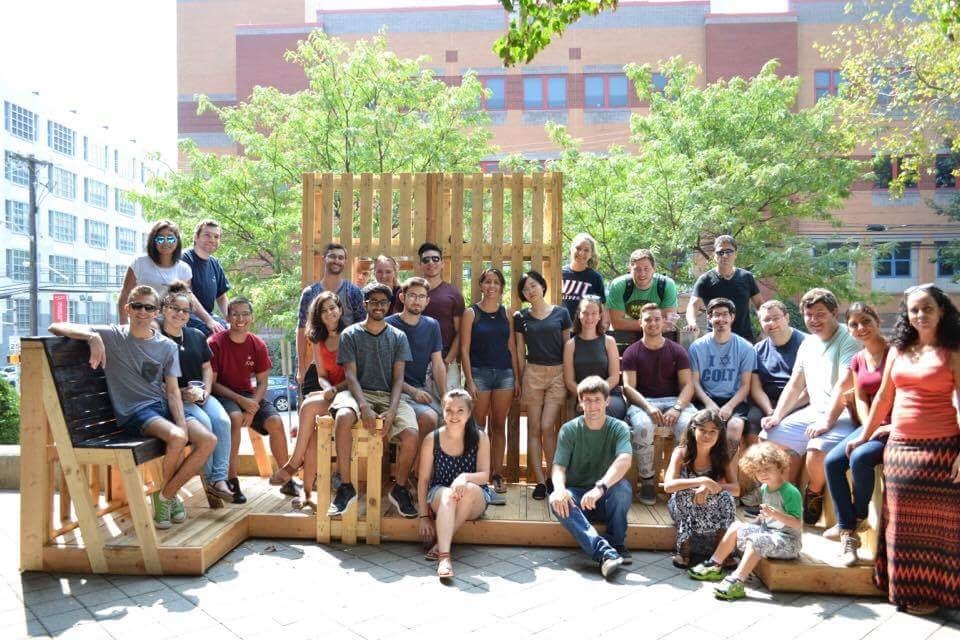Architecture and design is known as the power to alter our environments, communities, neighborhoods, and dwellings for the better. Our goal as a profession is to design an environment that progresses our lives as beings and leaves the earth better than the way we found it. In architecture school, we are taught to design and develop projects that are contextual, challenge constraints, and create forms that ultimately tell a story and provide good aesthetics. In the profession, clients and developers want projects that are completed within a timely manner, are economically feasible, and benefit the users while still being aesthetically pleasing. Since the 1960’s, participatory design or the community-driven design process has been discussed in architectural theory and implemented only in some cases. However, architects and designers are skeptical of this word participatory design because they typically see it as slowing down projects or relinquishing the responsibility of design to the greater public. Today, we as architecture students, and later professionals should be advocating for participatory design in our process as well as, pleasing aesthetics. What would happen to the design process in school or in the profession if the greater public was involved? What resources are there for students, architects, and designers to utilize in incorporating participatory design into our design process?
Participatory design allows for a greater understanding of the constraints of a site or a community and what are the desired outcomes of all the stakeholders in the community. By understanding the needs and wants of various users, architects and designers can tackle various priorities, and thus elevate the quality of life for all rather than just the owner or client. This process can improve the quality of design, increase impact, and foster community engagement. Rather than segregating various user groups or only benefiting certain ones, participatory design aims to be inclusive rather than exclusive. The more collaboration and input an architect, designer or student has, the better the output and aesthetics a project will have.
Today, we can rethink our design process so that it can develop projects that still work within our tight budgets and strict deadlines. The conventional design process is linear and repeats with design, presentation, and revisions on each stage of the project. Through each phase of the project, architects and designers meet with clients or critics, receive feedback and then design again. The design of a project is driven by the architect or designer and client, rather than the end-user and the community. Participatory Design is a continual process in which the client extends to all users and stakeholders or users in the project. Each phase of a project utilizes community input and ensures that the end product is beneficial to all users rather than the sole vision of the designer, architect or client. By holding various design workshops, the community feels engaged and utilized rather than shut out. Not only will the design on a project be aesthetically pleasing to all, but it will foster dialogue about design and the effects it has on a community.
Today, we must advocate for not just good aesthetics or cheap budgets, but we must advocate for community engagement and participatory design. We will change the standard of architecture and start a conversation about design and how impactful it can be. For students, architects and designers, there are several tools out there to start incorporating participatory design into our process. Check out the following links to start utilizing on your own school-related projects, Freedom by Design projects or professional architectural projects! An engaged community is an informed community; a community-driven architectural project is an aesthetically and functioning building!










